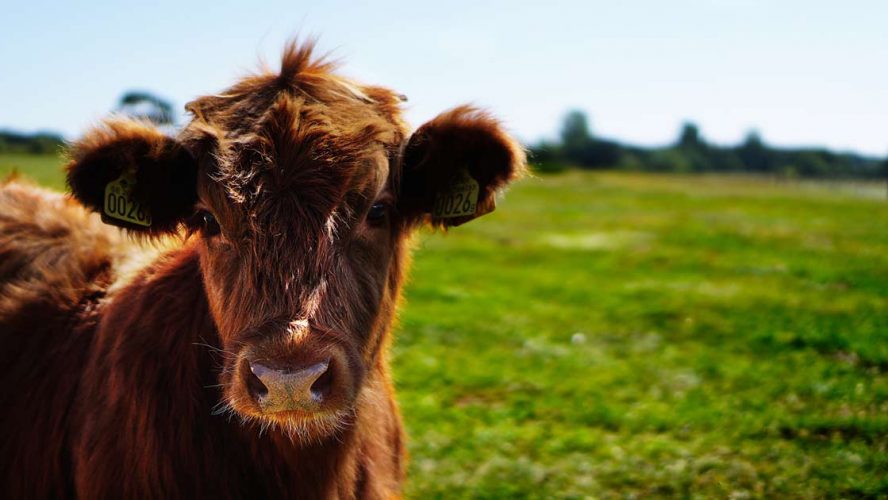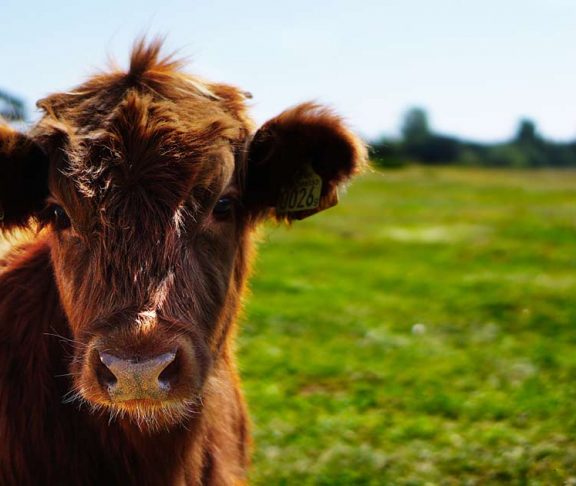
Mike Magan
Chairman, Animal Health Ireland
Ensuring herds are healthy means they are producing meat and milk at their optimum level, boosting farm efficiencies and reducing environmental impact.
The more productive livestock are, the more sustainable farming is. It is a simple premise – Healthy animals require less veterinary intervention, less antibiotics which benefits the farmer, the consumer and has the added benefit of reducing a farm’s carbon footprint and impact on the environment.
This is the principle Animal Health Ireland (AHI) adheres to and is the cornerstone of its strategy in helping farmers combat common cattle diseases that impact the cost-effectiveness and sustainability of managing a herd.
The organisation has gathered advice and best practice from Ireland and around the world to develop guidelines and advice to help farmers ensure their herds are healthy, producing at optimum level, meaning their impact on the environment is minimised. As AHI Chairman, Mike Magan said, “our work is based on independently researched, best-practice and we collaborate with all our stakeholders – farmers, veterinary practitioners, DAFM, researchers, extension and the agri-food sector to ensure our work contributes to the sustainability of Irish agriculture through enhanced animal health. This minimises the effect on the environment which ultimately benefits us all.”
Common front on disease
AHI concentrates on four major cattle diseases. Currently, they are working on three major ones; Bovine Viral Diarrhoea (BVD), CellCheck, the national mastitis programme and Irish Johne’s Control Programme
“A calf with BVD will carry it all their life and will be emaciated and unproductive. Similarly, a cow with mastitis will see a major drop in milk production levels,” he says.
“So, a national BVD eradication programme was introduced; when calves are ear-tagged with their national ID tag part of the tissue extracted in the process is examined and tested for BVD. If it is discovered, the animal is taken out of the herd. There’s simply no point keeping an unproductive animal, taking up resources without producing enough meat or milk and infecting other animals in the herd. In all likelihood, the vet bills will be higher than the animal is worth, so it’s far more sustainable to concentrate on the healthy animals.”
The strategy is based on an AHI cost-benefit study. The study showed that, by taking BVD-infected calves out of herds, the Irish agricultural industry would save €100 million each year. The testing programme currently costs Irish farmers €8 million.
With mastitis, the AHI has set up a Programme – CellCheck through which farmers, researchers, dairy advisors, milking machine technicians and the Dairy Co-ops can share best practices in mastitis control.
Combating resistance
AHI also produces guidelines for vets to combat the problem of overprescribing antibiotics and it also has a programme to let farmers know if they need to change their treatment for parasitic conditions.
“We have exactly the same problem in cattle as we do with humans; if antibiotics are given too routinely you run the risk of resistance developing and so we have scientifically-backed advice for vets to avoid this,” he says.
“We also run a service that gives farmers an early warning if the lungs or kidneys of any animals they have sent for slaughter show signs of parasites. The slaughter houses are linked to a database which alerts farmers so they can establish if they are giving their usual treatment at the right time. It can also reveal that parasites have become resistant to that treatment and it is time to try something else. It’s an early warning system so they can nip a problem in the bud and ensure their herd is healthy.”
It is a simple premise but keeping a herd as healthy as possible not only saves farmers money and boosts their efficiency, it cuts down on looking after underproductive animals. The result is farmers get more meat and dairy for their investment and each farm’s environmental impact is reduced. It is a win-win model the AHI is looking to extend one day from cattle to pigs.

